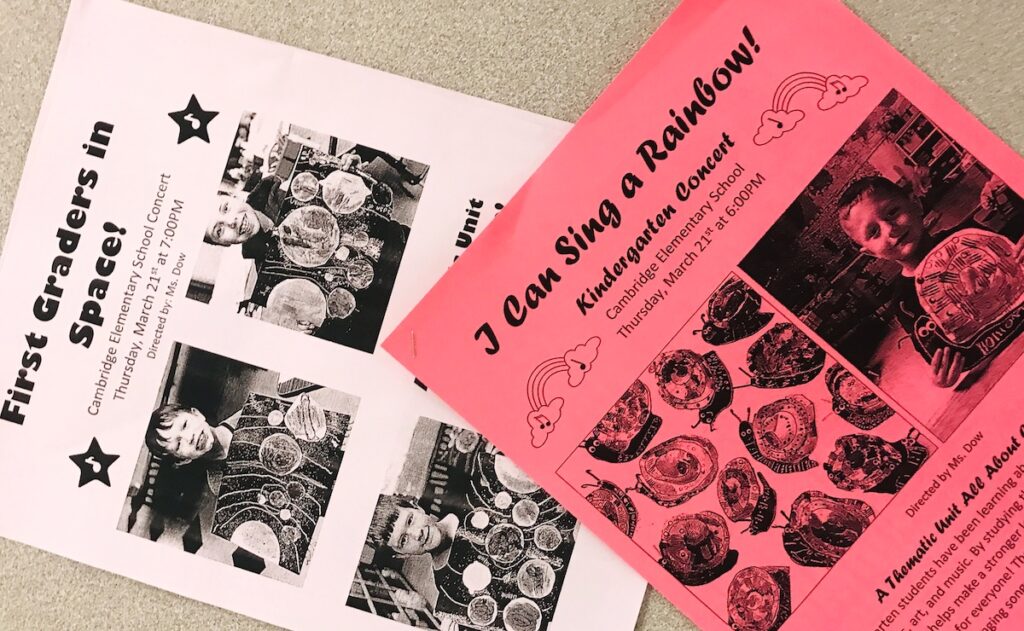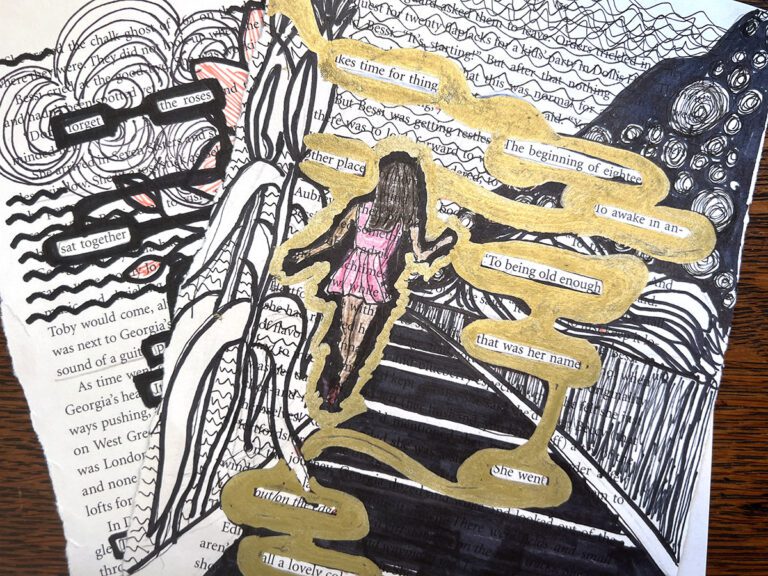Have you ever realized another teacher in your school was teaching the same concepts you were teaching in art? “Wait, YOU are studying Greek Mythology?! We JUST finished a Greek Ceramics unit!” Wouldn’t it be awesome if you could have those conversations with colleagues instead of stumbling across realizations like this by surprise?
Creating cross-curricular connections will lead to deeper understanding while enriching your entire teaching and learning experience.

According to an article from Edutopia, when it comes to cross-curricular learning, there are five things we need to know:
- Deep learning engages the whole student and teacher. Deep learning means students will delve deeper into content and make connections with class content outside the art room.
- It requires enthusiastic partners. Your job is more exciting when you get to work with people who are also excited! Educators who are passionate about cross-curricular learning will likely be more excited to create meaningful connections for students.
- It requires intensive preparation. Though cross-curricular content can be extremely beneficial, it will also be a lot of work. However, once you start the conversation and prepare materials, you can continue to build on this connection, making preparation easier in the future.
- Assessment must mirror learning. Once you start a cross-curricular conversation, be sure to make sure you turn your focus from mere assignment completion to focus on the mastery of learning targets.
- Collaboration is necessary. As art educators, we can sometimes live on an isolated art island. You may be the only art teacher in your building or district. Creating cross-curricular content encourages collaboration, making your job more meaningful! It also allows you to model successful collaboration for your students.

When you work to connect cross-curricular concepts, you build bridges, allowing students to have multiple opportunities for learning!
So, how do you get started?

- Start simple. Begin by asking a fellow educator to list some broad topics they are studying. You can also send an email to your entire staff, asking for general ideas of what main ideas are covered in their classrooms. Think outside the building and reach out to your high school shop teacher to see if they want to collaborate on an art project like these cut wood flowers created by art club members and high school students!
- Pick what works for you. The magic of Art is that there are endless possibilities to connect art to other subjects! Use that creative spark of yours and invent new projects to expand on your own learning! There is likely something you are already doing in your classroom that you can connect to another subject. For example, these Native American coil pots were created by 2nd graders referencing the “Color Poem” they wrote inspired by nature!
- Document and Share. Sharing your collaboration can have many benefits! It can inspire others in your district to work more with colleagues. It can advocate for your role as a creative, content-enhancing, inventive educator. It can also be a great way to show your community about the learning happening at your school. Throughout the school year, we document our thematic units during the music performance and mini-art show. We highlight the cross-curricular work of students in art, music, physical education, and their classroom studies to show our community how we are building deeper connections.

For more cross-curricular ideas, check out Cross-Curricular Ideas that Work (Ep. 101), Don’t Forget This Important Cross-Curricular Connection! and 15+ Inspiring Ideas for Cross-Curricular High School Art Projects.
There are many benefits of cross-curricular planning for teachers, students, and your art program!
Benefits for Teachers:
- Increased collaboration between educators
- Exposing teachers to new and different classroom strategies and content
- Working collaboratively can ease the burden of planning tasks
Benefits for Students:
- Higher student engagement with more opportunities for connections to personal interests
- Utilizes multiple styles of learning, giving students a greater chance to learn in their preferred learning style
- Often involves the application of knowledge, resulting in deeper learning
Benefits for your Art Program:

- Helps students make conceptual connections between art and other disciplines
- Strengthens mastery of art knowledge and other disciplines involved
- Requires higher-level thinking from students as concepts are combined and synthesized through artmaking
It’s time to start that cross-curricular conversation with your peers. Use each other’s strengths to provide your students with the best learning experience possible. Simply start the conversation and see where it takes you!
What existing lessons might work for a cross-curricular connection?
What benefits do you see from collaborating with other educators?
What are some subjects you think tie in specifically well with art?
Magazine articles and podcasts are opinions of professional education contributors and do not necessarily represent the position of the Art of Education University (AOEU) or its academic offerings. Contributors use terms in the way they are most often talked about in the scope of their educational experiences.





